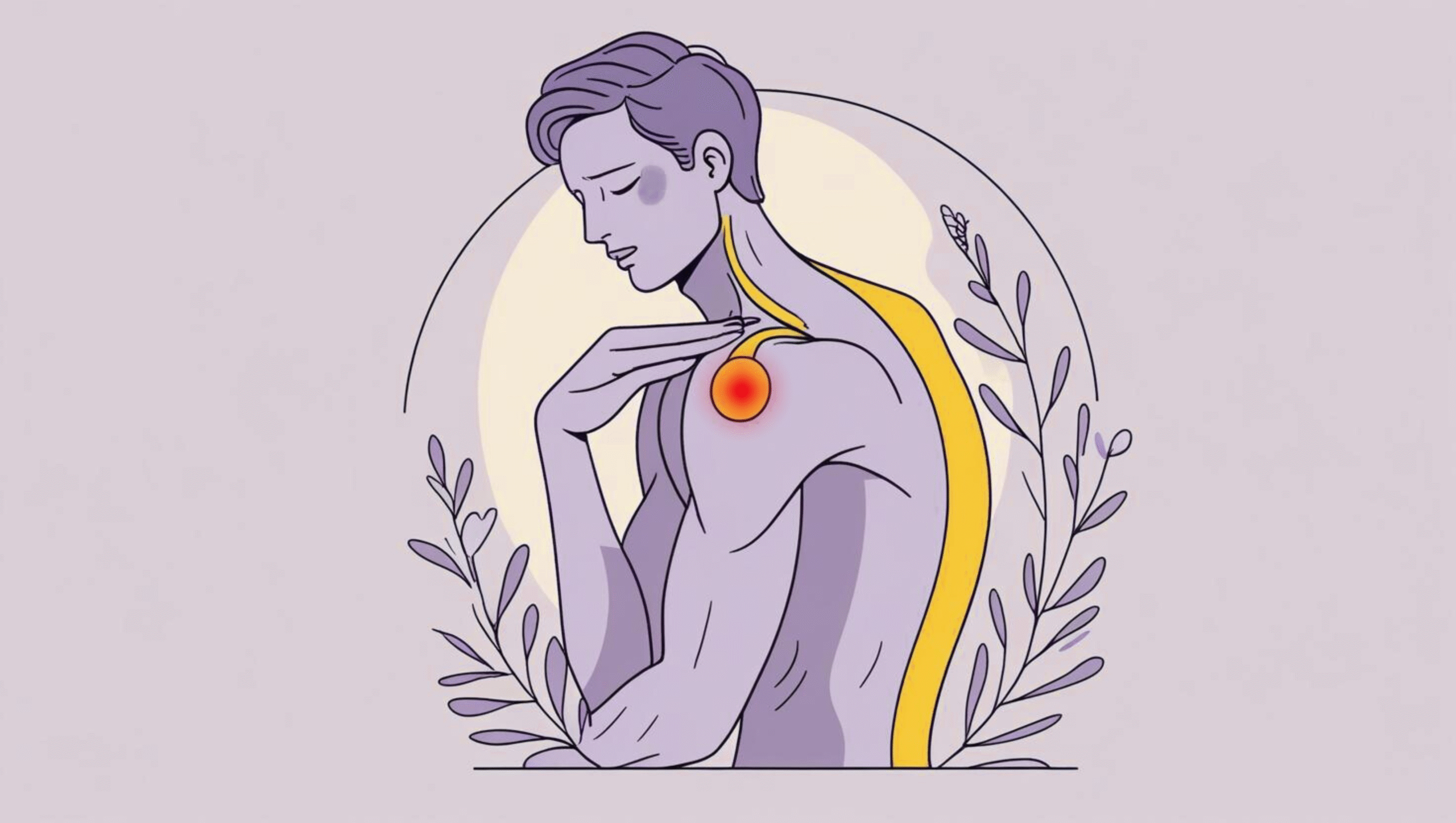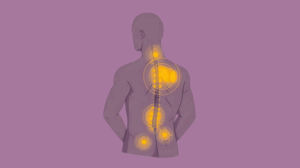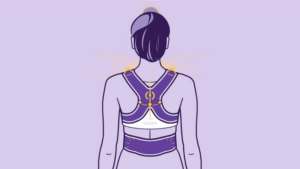Shoulder pain is one of the most common musculoskeletal complaints affecting people of all ages. From athletes and office workers to older adults and those recovering from injuries, shoulder discomfort can drastically reduce quality of life. Whether it stems from poor posture, repetitive motion, trauma, or underlying conditions like arthritis or rotator cuff tears, understanding the right recovery strategies is crucial.
This comprehensive guide explores practical and evidence-based ways to relieve shoulder pain, improve mobility, and strengthen your shoulder joint for long-term relief.
Differences in Recovery of Acute vs. Chronic Shoulder Pain
Recovery timelines differ significantly between acute and chronic shoulder pain. Acute pain usually results from sudden strain, injury, or overuse and often improves within days to weeks with rest, ice, and gentle mobility exercises. Early movement and controlled strengthening are key to preventing stiffness.
Chronic shoulder pain develops gradually and often stems from repetitive stress, postural issues, or muscle imbalances. These imbalances alter shoulder mechanics, placing excessive load on certain muscles and tendons over time.
Chronic conditions require a longer-term approach that includes posture correction, consistent exercises for shoulder recovery, mobility work, and guided physiotherapy shoulder pain treatment. Addressing the root cause, not just symptoms, is essential for lasting relief.
Common Causes of Shoulder Pain
Before jumping into treatment and recovery, it’s essential to understand what might be causing your shoulder pain. Some common causes include:
- Rotator Cuff Injuries: Tears or inflammation in the group of muscles and tendons stabilizing the shoulder.
- Frozen Shoulder (Adhesive Capsulitis): Stiffness and pain that worsens over time.
- Shoulder Impingement Syndrome: When shoulder blade tendons are pinched during movement.
- Bursitis: Inflammation of the fluid-filled sacs that cushion the shoulder joint.
- Tendinitis: Overuse leading to inflamed tendons.
- Dislocation or Instability: When the upper arm bone comes out of the shoulder socket.
- Osteoarthritis or Rheumatoid Arthritis: Degeneration or inflammation of the shoulder joint.
Identifying the underlying cause helps determine the most effective treatment approach.
Quick Relief Tips for Shoulder Pain
Rest and Protection
Avoid activities that trigger pain or put strain on your shoulder. This helps prevent further inflammation or injury.
Cold and Heat Therapy
- Cold Therapy: Use ice packs (15–20 minutes every few hours) during the first 48 hours to reduce inflammation.
- Heat Therapy: Apply a warm compress or heating pad to loosen stiff muscles after the initial inflammation subsides.
Gentle Mobility Exercises
Light movements can help maintain range of motion without stressing the joint. Pendulum swings and wall climbing with fingers are excellent for gentle mobility.
Reference:
Cools, A., et al. (2014). Shoulder Rehabilitation Exercises. Journal of Shoulder and Elbow Surgery, 23(3), 357-365.
How Posture Affects Shoulder Pain
Poor Posture = Muscle Imbalance
Slouching or sitting hunched over a screen pulls your shoulders forward, causing muscle imbalances that result in shoulder and neck pain.
Tips for Correcting Posture
- Sit with your back straight and shoulders relaxed.
- Keep your computer monitor at eye level.
- Avoid leaning your head forward while texting or working.
Ergonomic Modifications
Invest in ergonomic chairs, lumbar support cushions, and adjustable desks. Take microbreaks every 30–60 minutes to stretch and reset your posture.
Reference:
McGill, S. M. (2007). Low Back Disorders: Evidence-Based Prevention and Rehabilitation. Human Kinetics.
Can Strengthening Exercises Help Shoulder Pain?
Yes, strengthening the shoulder’s supportive muscles—especially the rotator cuff and scapular stabilizers—can reduce pain and prevent future injuries.
Key Strengthening Exercises
- External Rotations (Resistance Band)
- Scapular Squeezes
- Wall Push-Ups
- Front and Lateral Arm Raises with Light Weights
Start with 1–2 sets of 10–15 repetitions, 3–4 times per week, increasing gradually as your shoulder gets stronger.
Benefits of Strengthening
- Improved shoulder joint stability
- Better posture and muscle balance
- Reduced risk of recurring injuries
Reference:
Reinold, M. M., et al. (2009). The Role of the Rotator Cuff in Shoulder Injuries. Journal of Orthopedic Sports Physical Therapy, 39(5), 285-297.
One-Minute Stretching Routine for Shoulder Pain Relief
Incorporate this short daily routine to ease stiffness and tension.
Neck and Shoulder Rolls
Gently roll shoulders forward and backward in slow, circular motions for 15 seconds.
Cross-Body Shoulder Stretch
Extend one arm across your chest and pull it gently with your other hand. Hold for 15–20 seconds and switch sides.
Doorway Chest Stretch
Stand in a doorway with both arms on the doorframe and step forward slightly to stretch the chest and front shoulder muscles.
These stretches improve blood circulation and release muscular tension.
Home Remedies and Lifestyle Adjustments
Anti-inflammatory Diet
Consume foods rich in omega-3 fatty acids (salmon, walnuts), turmeric, and green leafy vegetables to naturally reduce inflammation.
Maintain a Healthy Weight
Excess weight strains joints, including the shoulders. Aim for a balanced diet and regular physical activity.
Adequate Sleep and Recovery
Rest is essential for tissue repair. Sleep on your back or non-painful side with a pillow under your arm for support.
Over-the-Counter Medications
If pain persists, non-prescription medications may help:
- NSAIDs (Ibuprofen, Naproxen): Reduce pain and inflammation.
- Topical Gels: Provide localized relief without affecting the stomach.
- Muscle Relaxants: Prescribed for spasm-related pain.
Always consult your doctor before long-term use.
When to See a Doctor or Physiotherapist
You should consult a healthcare provider if:
- Pain persists for more than a few weeks
- There’s noticeable weakness or instability
- You have trouble sleeping due to pain
- There’s swelling, redness, or warmth around the joint
A physiotherapist can provide customized exercises and manual therapy. An orthopedic specialist may order X-rays or MRIs to rule out structural damage or refer for surgical evaluation if necessary.
Preventing Future Shoulder Pain
Warm-Up Before Activities
Warm up your upper body before workouts or heavy lifting to prepare the muscles and prevent strain.
Avoid Repetitive Overhead Movements
Take breaks between activities that require overhead motion, such as painting or lifting.
Use Proper Lifting Techniques
Keep heavy objects close to your body and lift with your legs, not your arms.
Daily Shoulder Maintenance
Incorporate regular mobility and strengthening exercises into your routine, even after recovery.
Myths About Shoulder Pain Recovery
“You Shouldn’t Move a Painful Shoulder”
Complete immobility can lead to stiffness or frozen shoulder. Gentle movement is usually beneficial.
“Pain Means You Should Stop Exercising”
Not always. Low-impact, targeted exercises can actually speed up recovery if done correctly.
“Surgery is the Only Solution”
In most cases, conservative treatments like physiotherapy, posture correction, and exercise are effective.
Conclusion
Shoulder pain recovery requires a holistic approach—combining rest, stretching, strengthening, posture correction, and medical advice when needed. With consistent care, most shoulder issues can be managed effectively without invasive treatments.
Don’t ignore persistent discomfort, as untreated shoulder injuries can worsen over time. Start slow, listen to your body, and prioritize long-term joint health through balanced movement and lifestyle.
References
- Mertens, M. G., Meert, L., Struyf, F., Schwank, A., & Meeus, M. (2022). Exercise Therapy Is Effective for Improvement in Range of Motion, Function, and Pain in Patients With Frozen Shoulder: A Systematic Review and Meta‑analysis. Archives of Physical Medicine and Rehabilitation. en.wikipedia.org
- Page, M. J., Green, S., McBain, B., Surace, S. J., Deitch, J., & Kramer, S. (2015). Manual therapy and exercise for rotator cuff disease. Cochrane Database of Systematic Reviews. en.wikipedia.orgmdpi.com
- Desjardins‑Charbonneau, A., Roy, J.‑S., Dionne, C. E., Frémont, P., & MacDermid, J. C. (2015). The Efficacy of Manual Therapy for Rotator Cuff Tendinopathy: A Systematic Review and Meta‑analysis. Journal of Orthopaedic & Sports Physical Therapy. en.wikipedia.org
- Kucksdorf, et al. (2024). Use of CERT to improve reporting in shoulder exercise trials for rotator cuff-related shoulder pain. (Consensus on Exercise Intervention Reporting Template). pmc.ncbi.nlm.nih.gov
- Alaca, N., Acar, A. Ö., & Öztürk, S. (2025). Effectiveness of movement representation techniques in non‑specific shoulder pain: a systematic review and meta‑analysis. Scientific Reports, 15:205. nature.com
- InformedHealth.org (NCBI Bookshelf). Overview: Shoulder pain—causes, acute care, recovery statistics. MedlinePlus
- Villar, R. N., et al. Surgery vs Conservative Management for Rotator Cuff Tears: benefits similar; conservative first recommended. AAOS Clinical Guidelines. en.wikipedia.orgen.wikipedia.org
- Scott, K. M. Epidemiology: about 50% recover by 6 mos, 60% by 12 mos from shoulder pain. Clinics in ScienceDirect review. sciencedirect.com
- Physiopedia. Evidence Based Interventions for Shoulder Pain: exercise as cornerstone; avoid mono-modal passive therapies. physio-pedia.com
- Scott, A., Robinson, V., et al. (2021). Multimodal Physiotherapy Treatment vs Exercise Alone for Shoulder Pain. MDPI Healthcare review: the benefit of adding modalities beyond exercise is limited.























